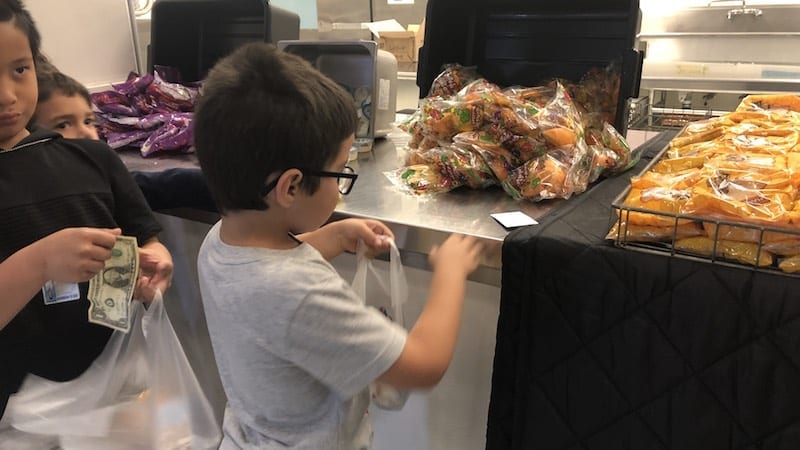Student-Hunger Solutions 101 isn’t a course educators take in college. Even so, student hunger is something most school districts must address. School leaders and educators feel a moral responsibility to fulfill the basic needs of their students. In fact, teachers often spend hundreds of dollars per year to keep students from going without.
With good reason, too. There are millions of kids across the US dealing with food insecurity . Because their basic nutritional needs aren’t being met, these students are more likely to have behavior problems or become high school dropouts.
Here are some creative ways to address the problem of student hunger without putting the extra expense onto our already poorly compensated teachers.

Recover and deliver wasted food.
The partnership between Indiana’s Elkhart School District and the nonprofit Cultivate recently got media attention because of their innovative student-hunger solution of collecting unused food from their own schools and making frozen meals.
These packaged meals are sent home in backpacks on Friday night to feed students on the weekends, the time when students are the hungriest.
You can establish a partnership with food banks in your own community by using this food bank locator, created by the Feeding America Backpack Program.
Feeding America also sponsors mobile pantries that come to schools and fill families’ bags with nutritious foods. Programs such as these ensure food-insecure students have access to healthy foods on weekends and summer breaks.

Produce your own food.
The popularity of school gardens is on the rise, and the benefits to the community are many. Federal policy encourages schools to grow and serve their own fresh food.
Impoverished students often don’t even know the names of different kinds of fruits and vegetables. This was illustrated to me when I gave my kindergarten students the NWEA MAP test. Many students were stumped by the simple question, “What is a plum?”
Because healthy foods are more expensive, the cheaper fast-food option is the norm for many families. Gardens create a hands-on opportunity for students to take part in every aspect of healthy-food production and consumption.
There are many available grants that can help schools kick-start a gardening program.

Start a share table.
Looking in a trash can inside a school cafeteria provides all of the rationale to begin a school share table. It is filled to the top with unopened and untouched food and drink items.
The USDA is in full support of share tables in order to curb waste and feed hungry students. Share tables are increasing in popularity with many positive results.
The goal of share tables is to feed students that may be hungry while eliminating usable food from landfills.
Students leave the food that they do not wish to eat at a designated station or table. Others who are still hungry may choose from the items that are left on the table.
Also, food left behind at the end of the day may be used for after-school programs or distributed to local food banks.
Schools that have used the share table have reported many benefits to the entire community.

Download the app.
There is an app for everything these days, and food distribution is no exception. Fed 40, which recently became Full Cart, was created by the group Feeding Children Everywhere to provide low-cost options to families.
After downloading the app, schools or families can request meals to be sent directly to their homes. A package of food is delivered for only the price of shipping.

Take action now.
Making sure our students have their basic nutritional needs met is imperative to our school communities. Without it, children will not learn and grow successfully.
Taking the necessary steps to incorporate food pantries, backpacks, gardens, and share tables is a big part of the solution to ending hunger in our school student populations.
Let’s start today!
How has your school addressed student hunger? Share with us in our Principal Life Facebook group.

